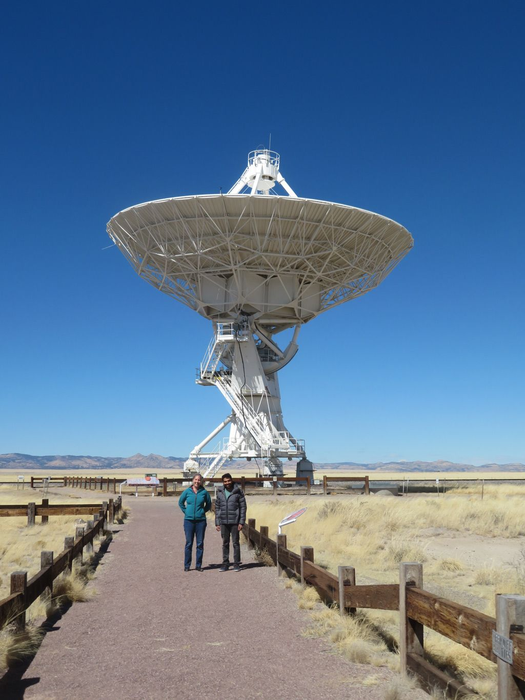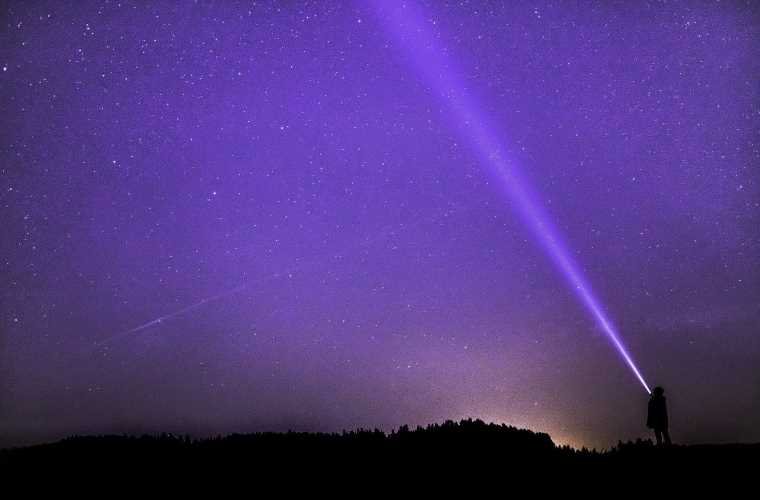After decades of scanning the heavens for technosignatures, the search for extraterrestrial intelligence (SETI) is about to go large. Specifically, COSMIC SETI (the Commensal Open-Source Multimode Interferometer Cluster Search for Extraterrestrial Intelligence) has finally finished critical integration steps that will allow them to tap into the data stream from the National Science Foundation’s Very Large Array (VLA). A collection of 27 independent radio telescopes, the VLA’s coverage will allow SETI to search an unprecedented number of star systems for the telltale signs of intelligent life.
SETI AND THE SEARCH FOR TECHNOSIGNATURES
Since its inception in 1984, SETI has been derided by some in mainstream science for being too outlandish and unlikely to succeed. Ironically, those in the UFO and UAP community have also regularly sparred with the organization over its resistance to fully embracing its cause. Nonetheless, those who scan distant star systems for the signs of intelligently produced radio waves, more commonly referred to in 2022 as technosignatures, remain resolute and steadfast in their efforts.
That effort is about to gain a “very large” new tool that should allow SETI and its scientists to search for ET on a previously unavailable level.


VERY LARGE ARRAY WILL HELP SETI CONDUCT THE ‘MOST COMPREHENSIVE TECHNOSIGNATUREs SEARCH EVER’
According to the press release announcing the integration between COSMIC SETI and the VLA, fiber optic amplifiers and signal splitters were successfully installed on all 27 VLA antennas, “giving COSMIC access to a complete and independent copy of the data streams from the entire VLA.”
“Having all the VLA digital signals available to the COSMIC system is a major milestone, involving close collaboration with the NRAO (National Radio Astronomy Observatory) VLA engineering team to ensure that the addition of the COSMIC hardware doesn’t in any way adversely affect existing VLA infrastructure,” said Jack Hickish, Digital Instrumentation Lead for COSMIC at the SETI Institute. “It is fantastic to have overcome the challenges of prototyping, testing, procurement, and installation – all conducted during both a global pandemic and semiconductor shortage – and we are excited to be able to move on to the next task of processing the many Tb/s of data to which we now have access.”
The VLS’s integration offers significant advantages over previous SETI efforts, which include:
- The size of the VLA: Each of the VLA’s 27 antennas is 25 meters in diameter, spread over 22 miles
- The VLA has a combined collecting area equivalent to a single-dish antenna of 130 meters across
- Each VLA antenna has eight cryogenically cooled receivers covering the radio spectrum continuously from 1 to 50 GHz
- Some receivers can operate below 1 GHz down to 54 MHz, a band used on Earth for television broadcasting
The release notes that the new system integration will allow COSMIC SETI to scan about 40 million galactic star systems over a two-year period. Such an effort would represent the largest scan by SETI in the northern hemisphere and take place across a wider bandwidth than previous efforts.
“I am excited by the ability of COSMIC to conduct the most comprehensive technosignature search ever in the Northern Hemisphere,” said Cherry Ng, SETI Institute COSMIC Project Scientist. “We will be able to monitor millions of stars with a sensitivity high enough to detect an Arecibo-like transmitter out to a distance of 25 parsecs (81 light-years), covering an observing frequency range from 230 MHz to 50 GHz, which includes many parts of the spectrum that have not yet been explored for ETI signals.”
SEARCH FOR TECHNOSIGNATURES TO BEGIN IN 2023
The newly integrated system should be ready in 2023 when the VLA conducts its first significant information campaign with SETI in the data loop. Until that campaign begins, the team indicates they will focus on developing “the high-performance GPU (Graphical Processing Unit) code for analyzing data for the possible presence of technosignatures.”
“We look forward to partnering with the SETI Institute on this exciting initiative,” said NRAO Director Tony Beasley, “and are pleased to see this important milestone in the technical work that will make this new science possible.”
Follow and connect with author Christopher Plain on Twitter: @plain_fiction

